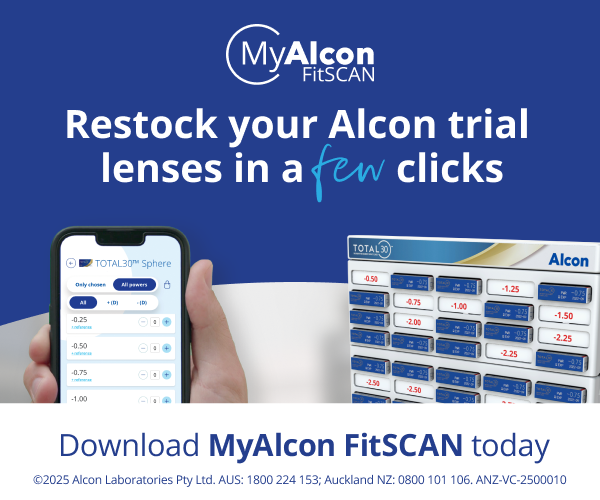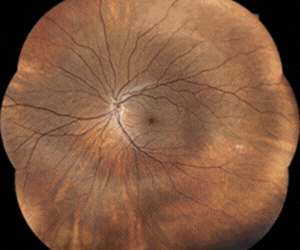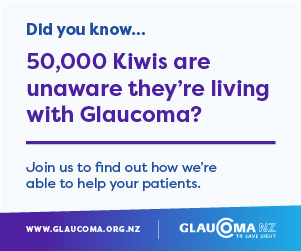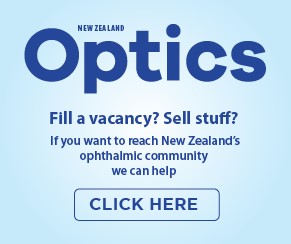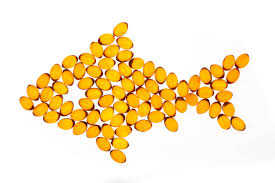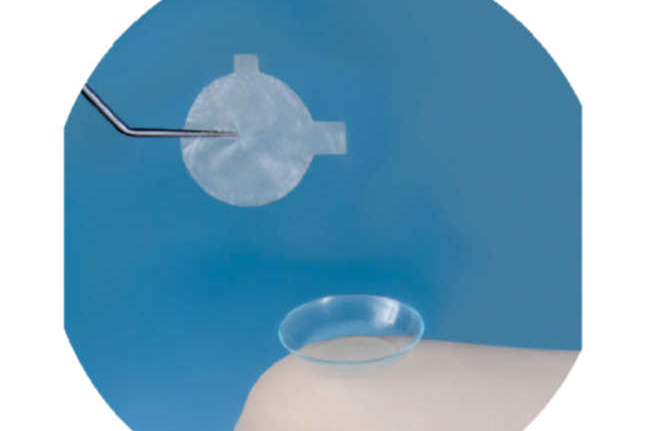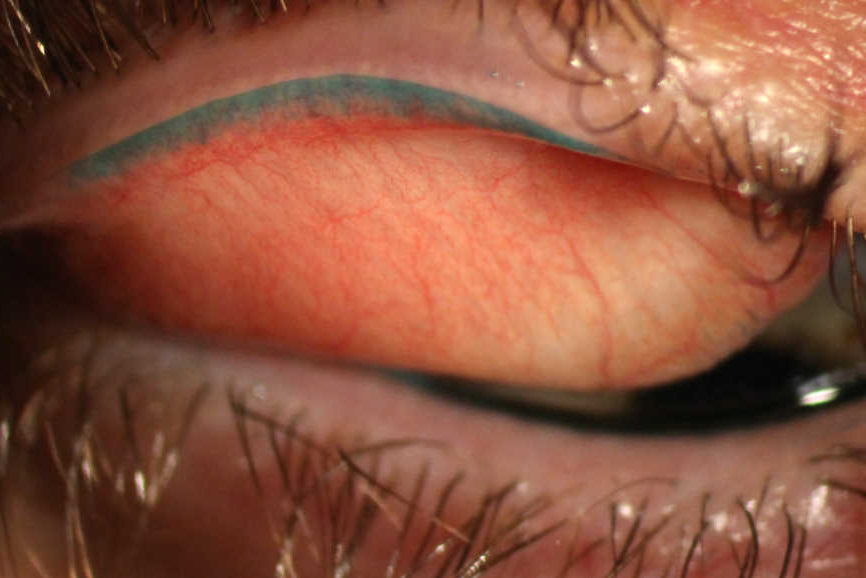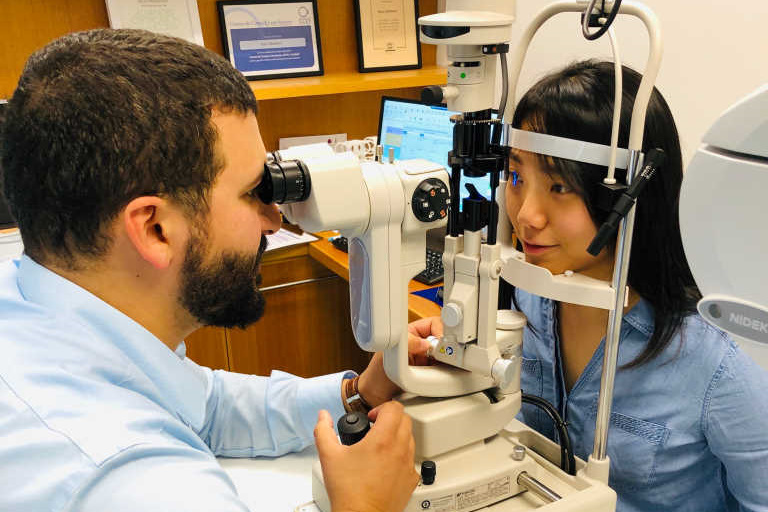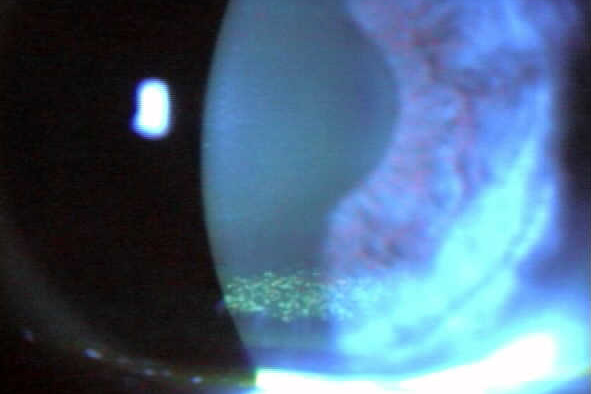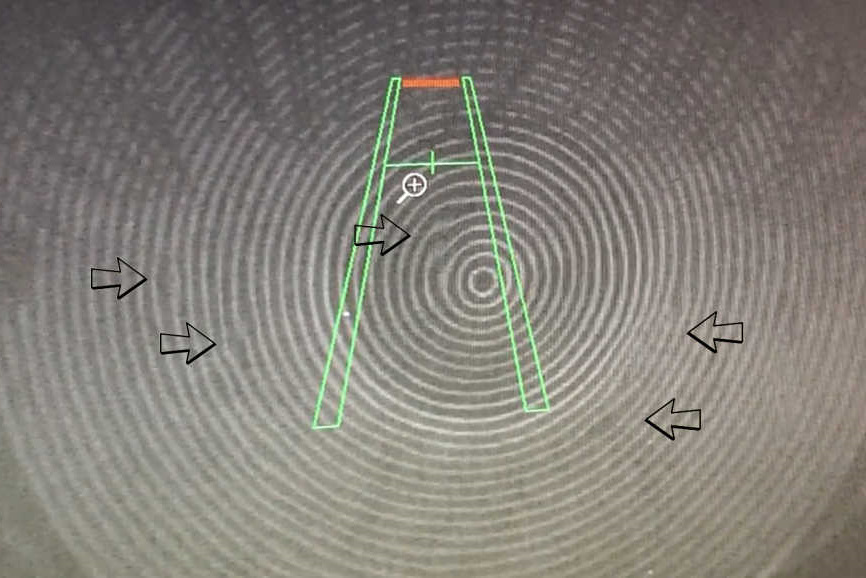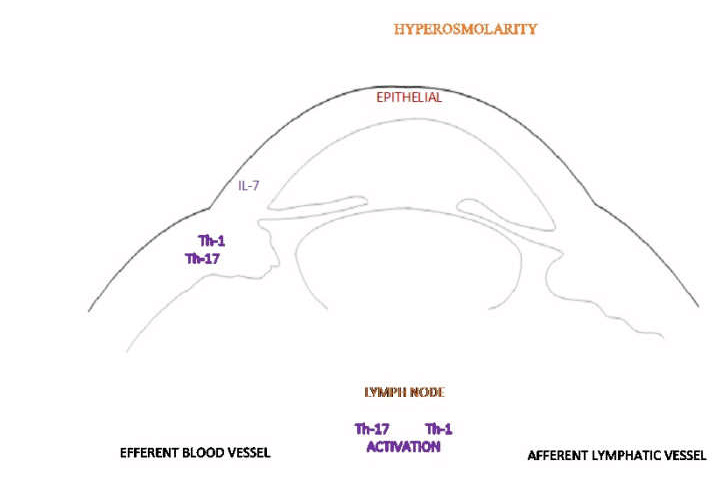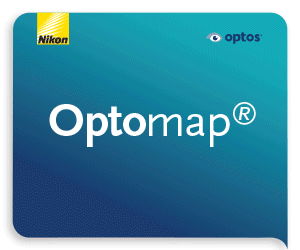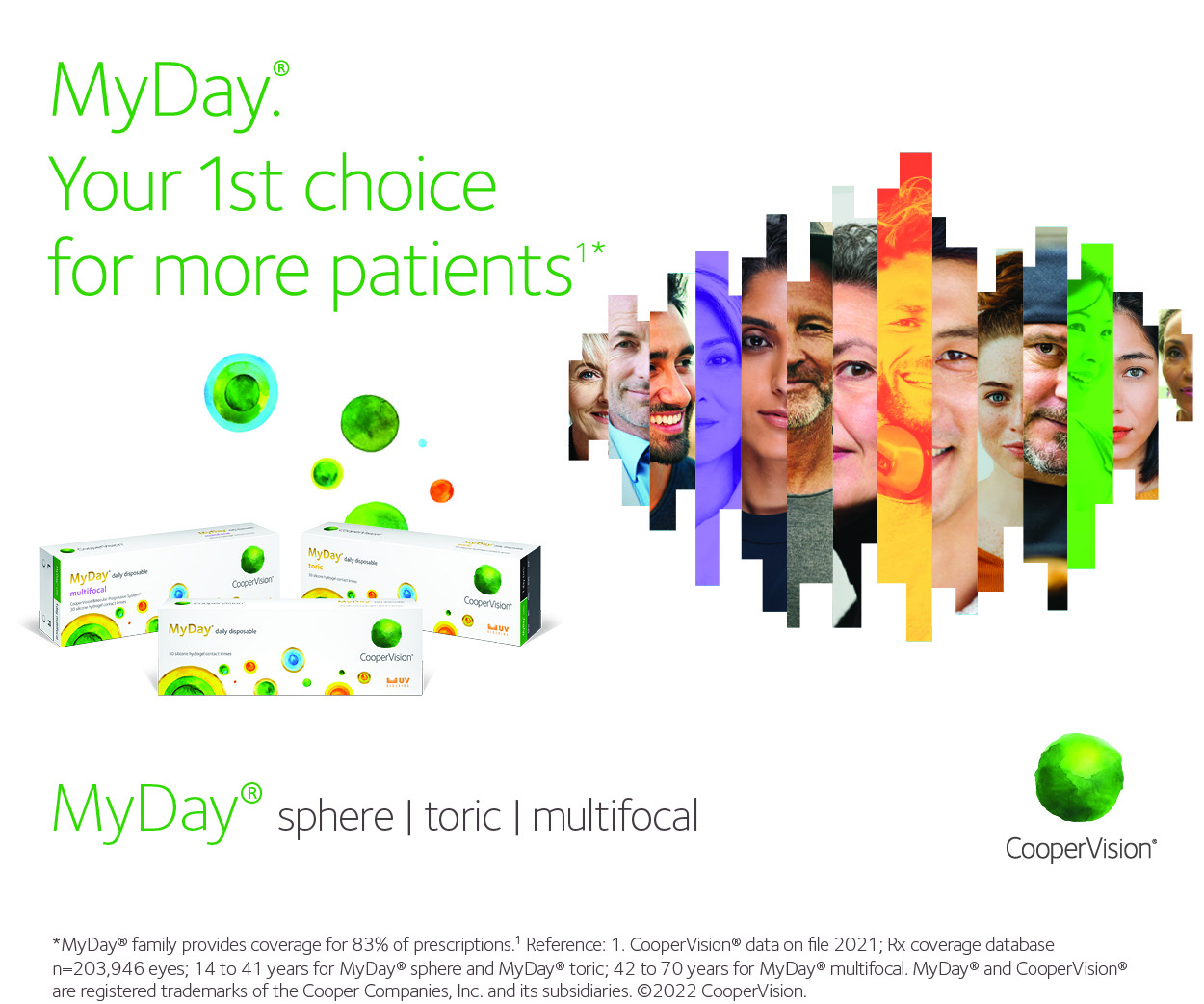OSL: Comparing symptom questionnaires
Validated questionnaires are routinely used to screen for symptoms of dry eye disease prior to the clinical evaluation of ocular surface and tear film parameters. The recent TFOS DEWS II Diagnostic Methodology report highlighted the need for direct comparison studies of the discriminative performance of dry eye symptomology questionnaires, due to methodological issues of earlier studies, including the considerable heterogeneity in study populations and reference standards.
A recently published prospective, investigator-masked, randomised crossover study, conducted by the University of Auckland’s Ocular Surface Laboratory, compared the performance of five validated dry eye questionnaires in a cohort of 211 participants. The global consensus TFOS DEWS II criteria for clinical signs of dry eye disease was used as the reference standard.
The findings of the study showed the Ocular Surface Disease Index (OSDI) and the Symptom Assessment iN Dry Eye (SANDE) questionnaires exhibited superior diagnostic performance over other validated questionnaires, supporting their use in both clinical and research settings. However, the differing nature of the two questionnaires would suggest their use might be more suited in different contexts. For example, the OSDI questionnaire provides a comprehensive assessment of dry eye symptoms and their overall impact on quality of life and visual function. While the SANDE questionnaire is relatively shorter and therefore perhaps better suited to resource and time-constrained settings and when performing serial measurements to monitor the therapeutic efficacy of dry eye management.
Reference
Wang MT, Xue AL, Craig JP. Comparative Evaluation of 5 Validated Symptom Questionnaires as Screening Instruments for Dry Eye Disease. JAMA Ophthalmol. 2018 (published online ahead of print). doi: 10.1001/jamaophthalmol.2018.5243.





